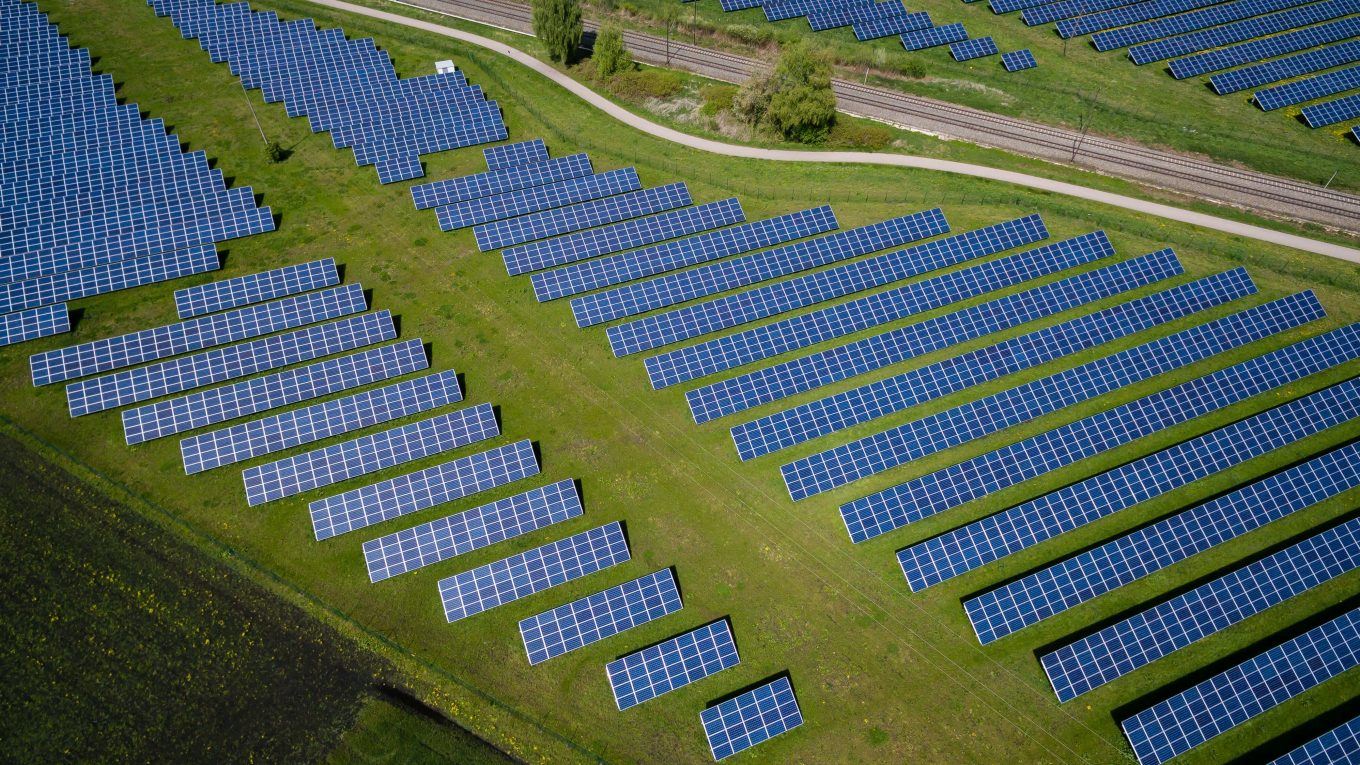What are the latest Green Innovations in the recent times? Best Eco friendly innovations in 2023
In an era marked by growing environmental concerns and the urgent need to combat climate change, green innovations have become paramount. These innovations not only address ecological challenges but also offer sustainable solutions that can redefine industries and improve our quality of life. In the latest times, there has been a remarkable surge in green innovations across various sectors. This article delves into some of the major green innovations that have emerged in recent years, highlighting their potential to shape a more sustainable future.
Renewable Energy Breakthroughs
The transition from fossil fuels to renewable energy sources has been one of the most significant green innovations of our time. Solar and wind power, in particular, have witnessed remarkable advancements.
Solar Power: Perovskite solar cells have gained attention for their potential to revolutionize solar energy production. These cells are cheaper to manufacture and more efficient than traditional silicon-based cells, offering a promising path to affordable and scalable solar energy.
–Wind Power: Floating wind turbines represent a major innovation in harnessing wind energy. These platforms can be deployed in deep waters, tapping into stronger and more consistent winds, expanding the reach of wind power.
Electric Vehicles (EVs)
The automotive industry is undergoing a transformation with the rise of electric vehicles. EVs offer a greener alternative to conventional gasoline-powered cars, with zero tailpipe emissions and lower overall carbon footprints. Innovations in battery technology have extended the range and reduced charging times, making EVs more accessible and convenient.
–Solid-State Batteries: Solid-state batteries are poised to be the next big breakthrough in EVs. They offer higher energy density, faster charging, and increased safety compared to traditional lithium-ion batteries. Companies like Toyota and Volkswagen are investing heavily in this technology.
Green Building Materials and Practices
The construction industry is notorious for its environmental impact, but recent innovations are changing the game. Green building materials and practices are making structures more energy-efficient and environmentally friendly.
Mass Timber Construction: Mass timber, such as cross-laminated timber (CLT), is gaining popularity for its sustainability and versatility. It allows for the construction of tall, durable buildings with a significantly lower carbon footprint compared to traditional materials like concrete and steel.
Net-Zero Energy Buildings: Advances in building design and technology are leading to the development of net-zero energy buildings. These structures generate as much energy as they consume, reducing their environmental impact to nearly zero.
Waste Reduction and Recycling Innovations
As the world grapples with the growing problem of waste, green innovations in waste reduction and recycling are essential.
Circular Economy Models: Companies are increasingly adopting circular economy models that prioritize recycling, reusing, and refurbishing products. This approach reduces waste and conserves resources, promoting sustainability.
Biodegradable Plastics: Biodegradable plastics offer a greener alternative to traditional plastics, which can take hundreds of years to decompose. Innovations in this field are making it possible to create packaging and products that break down more quickly and harmlessly in the environment.
Water Conservation Technologies
Freshwater scarcity is a pressing global issue, and green innovations are emerging to address it.
Desalination Innovations: Desalination technologies are becoming more energy-efficient and cost-effective, making it possible to obtain freshwater from seawater on a larger scale. Innovations like forward osmosis and solar desalination hold promise for sustainable water supply.
Smart Irrigation Systems: Precision agriculture and smart irrigation systems help optimize water use in agriculture. These technologies use sensors, data analytics, and automation to ensure that crops receive the right amount of water, reducing waste and conserving resources.
Carbon Capture and Utilization (CCU)
To combat climate change, it’s crucial to capture and reduce carbon emissions. CCU technologies aim to capture carbon dioxide from industrial processes and utilize it in various applications.
Carbon Mineralization: This innovative process involves converting carbon dioxide into stable minerals, effectively storing it and preventing its release into the atmosphere. Several startups are exploring this approach as a means of carbon sequestration.
Carbon-to-Value Technologies: Some companies are developing technologies that convert captured carbon dioxide into valuable products like fuels, chemicals, and building materials, creating economic incentives for carbon capture.
Food Sustainability Innovations
The food industry is a major contributor to environmental issues, from greenhouse gas emissions to food waste. Innovations are emerging to address these challenges.
Plant-Based and Lab-Grown Meat: Plant-based and lab-grown meat alternatives are gaining popularity as more sustainable alternatives to traditional animal agriculture. These innovations reduce the environmental impact of meat production and offer ethical choices for consumers.
Precision Agriculture: Precision agriculture techniques use data and technology to optimize farming practices, reducing resource use and waste. This approach can improve crop yields while minimizing the environmental footprint of agriculture.
Green Transportation Solutions
Transportation is a significant source of greenhouse gas emissions, but innovative solutions are emerging to make it more eco-friendly.
Hyperloop and Maglev Trains: Hyperloop technology, which aims to achieve high-speed travel in low-pressure tubes, and magnetic levitation (maglev) trains are promising innovations for greener long-distance transportation. These systems are energy-efficient and produce fewer emissions compared to traditional modes of transport.
Electric Aviation: Electric aircraft are under development to reduce emissions in the aviation industry. Companies like Boeing and Airbus are exploring electric propulsion systems for regional and short-haul flights.
In the face of mounting environmental challenges, green innovations have become indispensable. The innovations discussed in this article represent just a fraction of the groundbreaking developments occurring in various sectors. They demonstrate humanity’s commitment to finding sustainable solutions to mitigate climate change, conserve natural resources, and build a more environmentally friendly future. As these innovations continue to evolve and gain traction, they hold the potential to reshape industries, reduce our ecological footprint, and create a more sustainable and prosperous world for future generations.
